 Maverik Caliber Defense Lacrosse Shaft - '20 Model by Maverik$99.98 Original Price $174.98 You Save 43%
Maverik Caliber Defense Lacrosse Shaft - '20 Model by Maverik$99.98 Original Price $174.98 You Save 43% Maverik Apollo Attack Lacrosse Shaft - '20 Model by Maverik$89.98 Original Price $119.98 You Save 25%
Maverik Apollo Attack Lacrosse Shaft - '20 Model by Maverik$89.98 Original Price $119.98 You Save 25% Epoch Dragonfly Pro 3 Drip LE Defense Lacrosse Shaft by Epoch$159.98 Original Price $199.99 You Save 20%
Epoch Dragonfly Pro 3 Drip LE Defense Lacrosse Shaft by Epoch$159.98 Original Price $199.99 You Save 20% Warrior Burn XP Carbon Defense Lacrosse Shaft by Warrior$149.98 Original Price $179.99 You Save 17%
Warrior Burn XP Carbon Defense Lacrosse Shaft by Warrior$149.98 Original Price $179.99 You Save 17% ECD Lacrosse Carbon Pro 2 Speed Attack Lacrosse Shaft by ECD$99.98 Original Price $139.99 You Save 29%
ECD Lacrosse Carbon Pro 2 Speed Attack Lacrosse Shaft by ECD$99.98 Original Price $139.99 You Save 29% Epoch Dragonfly Elite Attack Lacrosse Stick - '22 Model by Epoch$89.98 Original Price $119.98 You Save 25%
Epoch Dragonfly Elite Attack Lacrosse Stick - '22 Model by Epoch$89.98 Original Price $119.98 You Save 25%
Learn About Lacrosse Shafts
The lacrosse shaft is a vital element of the lacrosse stick, serving as the part players grip during the game. A quality shaft isn't just a technicality; it's a performance booster. When players have a reliable shaft, it contributes not only to their skill execution but also to their overall confidence on the field. So, don't underestimate the importance of a good lacrosse shaft—it's not just a handle; it's a key player in enhancing both performance and player confidence.
Choosing the Right Lacrosse Shaft
Choosing the correct lacrosse shaft is vital for a player's performance. When looking at shafts take note of the length, material, and weight of the shaft. The material and weight will affect the performance and durability of the shaft. While the length determines what position the shaft is for, a 60-inch shaft is for defense and a 30-inch shaft is for offense.
Lacrosse Shafts FAQs
What is the shaft in lacrosse?
In lacrosse, the shaft is the elongated section of the stick that players grip. It's the part you hold onto during the game, and it usually comes in two main materials: metal alloy or carbon fiber. The choice between these materials adds another layer to a player's customization options. The robust and classic metal alloy or the lightweight and durable carbon fiber - each offers its own set of advantages, allowing players to tailor their equipment to match their playing style and preferences on the field. So, when it comes to the shaft, it's not just about holding onto something; it's about choosing the right material to suit your game.
How long are lacrosse shafts?
Lacrosse shafts can be anywhere from 30 inches to 60 inches, a 60-inch shaft is for defense and a 30-inch shaft is for offense. Check out our lacrosse stick-length article to learn more!
What is a good weight for a lacrosse stick shaft?
The weight of the shaft boils down to personal preference. Opting for a lighter shaft can enhance maneuverability, but it often comes at the expense of durability. On the flip side, a heavier shaft might compromise hand speed but tends to be more robust. Striking the right balance becomes a matter of individual playing style and priorities on the field. So, whether you lean towards speed or durability, the weight of the shaft becomes a strategic choice, tailored to your preferences for optimal performance.
How long should my lacrosse shaft be?
In lacrosse, the length of the shaft speaks volumes about its intended role on the field. A 60-inch shaft is the go-to for defense, offering the length needed for effective checks and defensive plays. On the flip side, a shorter 30-inch shaft is the choice for offense, emphasizing agility and quick movements to facilitate precise shots and ball control. So, whether it's a defensive stand or an offensive push, the length of the shaft plays a pivotal role in defining a player's position and strategy during the game. Check out our lacrosse stick-length article to learn more!
Do all lacrosse heads fit all shafts?
Most modern or current lacrosse heads fit onto the majority of modern lacrosse shafts. The only exception is some lacrosse shafts have a foam filling or a plastic cap on the top that will block heads with shaft inserts. Also, the screw holes don’t always line up across brands.
What's the lightest lacrosse shaft?
Typically, carbon shafts are lighter than metal shafts. This is because the carbon material is typically lighter than most metal alloys. Carbon also absorbs more energy and makes the stick feel lighter.
Lacrosse Shafts Buying Guides
Other Great Choices
- @Recommendation.Title by @Recommendation.Brand$@Recommendation.Price@Recommendation.MSRP

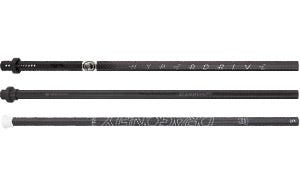
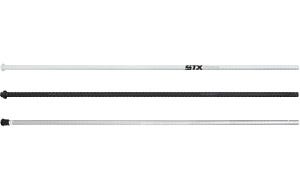
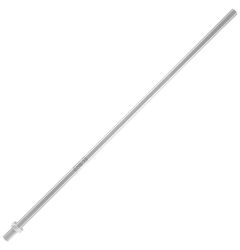


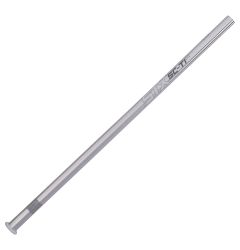

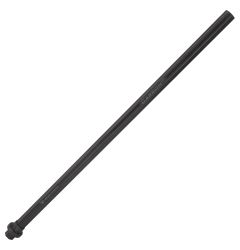
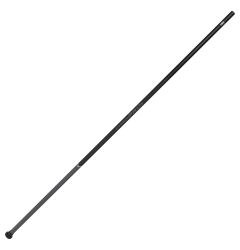
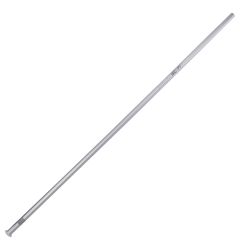






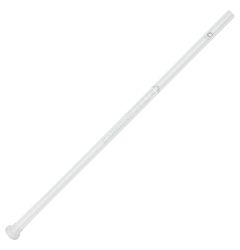

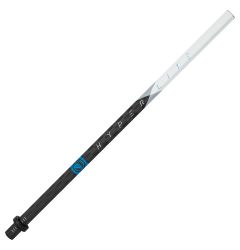

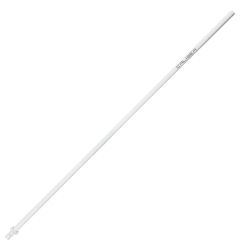
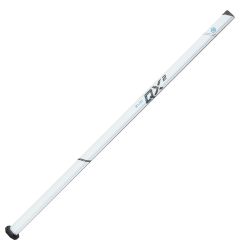


Login and Registration Form
or
Create an account